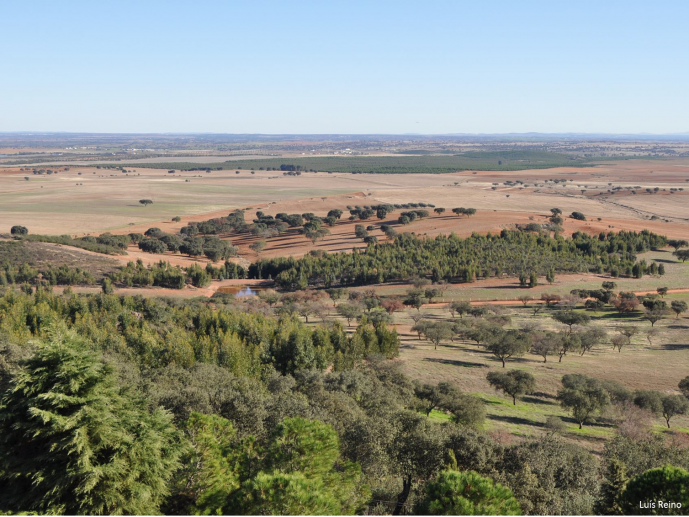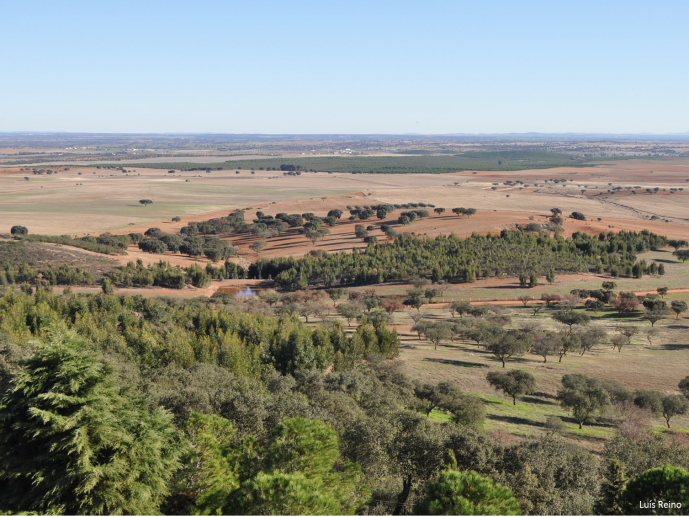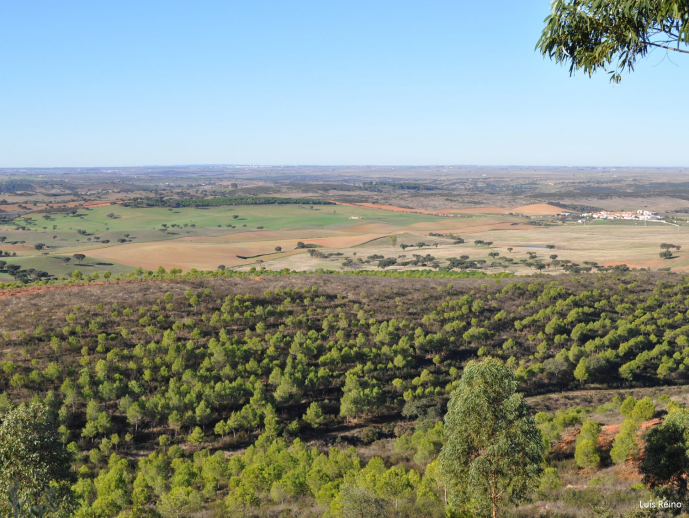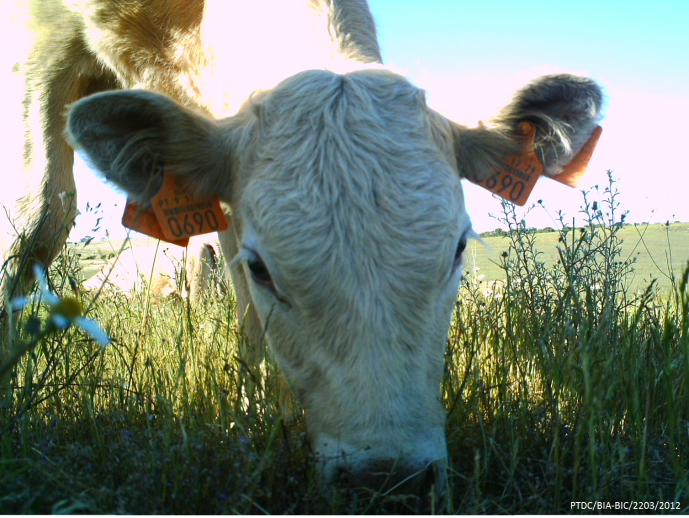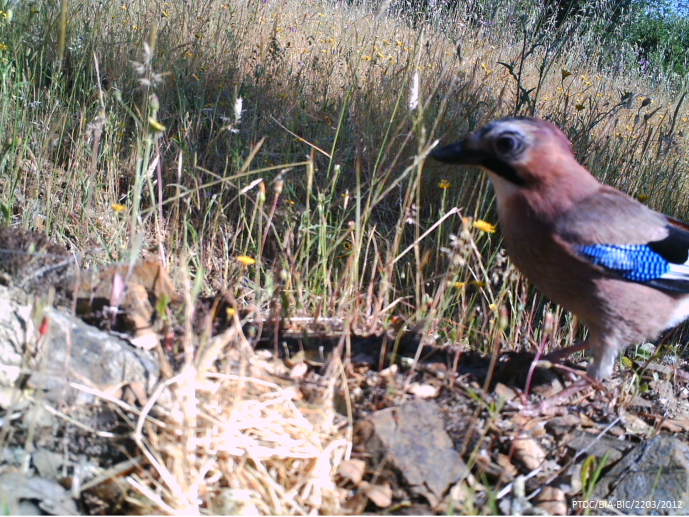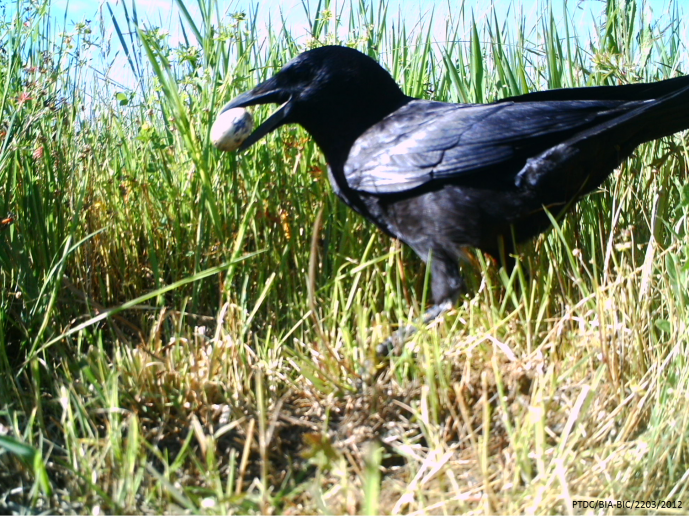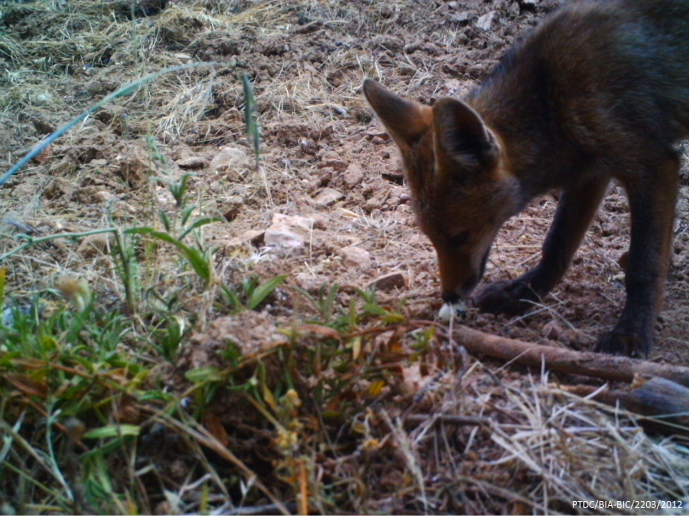Ecologically scaled edge responses: patterns, mechanisms and predictive modelling
Edge effects are among the key processes affecting biological populations and communities in fragmented landscapes, mediating landscape-scale patterns in species richness and abundance. This has been the subject of intense research over the past decades, demonstrating that edge-responses are species-specific, though there is often major intraspecific variation in relation to a range of factors such as edge characteristics and landscape context. In this frame, the concept of ecologically scaled landscape patterns and processes was developed. This conceptual framework may also be appropriate to address the issue of ecological scaling of edge responses by ecological scaled edge functions, i.e., a statistical framework for quantifying the strength of edge effects that can accommodate different variables from different scales. However, there is still a lack of quantitative tools to describe the ecological scaling of edge responses, and little understanding of the mechanisms that may underlie this variation in edge responses in relation to other ecological variables. This limited understanding of how and why edge effects are modified by other ecological variables is a major obstacle for extrapolating local edge responses to landscape models, and ultimately to predict the consequences of land use changes for the persistence of species assemblages in fragmented landscapes.
This study examines this issue using a combination of observational, experimental and modelling approaches, analysing how and why responses to wooded edges by open farmland birds are scaled by other ecological variables. The study will start by developing ecologically scaled edge response functions, which will then be used as the main statistical tool to test the hypothesis that variation in species-specific edge responses across regions and landscapes is due to the effect of local (e.g., type of edge, vegetation height) and landscape variables (e.g., mean patch size). This component will involve the analysis of edge responses by the same species in landscapes with different patterns and history of habitat fragmentation, thereby examining the consistency and transferability of edge response models. The project will then analyse different mechanisms potentially underlying the presence of ecologically scaled edge responses, testing the hypotheses that these responses are driven, e.g., by variation in nest predation risk and in bird prey resources. This study will also combine land use information and ecologically scaled edge response functions derived at local scale, to predict the consequences for species abundances and distribution at biogeographic scale under different land use scenarios.
Using grassland birds as model species, the project is based on seven tasks: (i) Developing ecologically scaled edge response functions; (ii) Assessing variation in edge responses across different landscapes; (iii) Testing the effects of edges on nest predation risk, (iv) Testing the effects of edges on arthropod availability for birds; (v) Modelling bird responses to edges in relation to predation risk and prey availability; (vi) Extrapolating local ecologically scaled edge responses up to landscape models; and (vi) Scalling-up the open-bird specialist landscape models. Task 1 will develop the quantitative methods necessary to analyse the data collected in task 2-4. Task 2 will collect bird abundance data, to analyse spatial variation in species responses to edges, and interpret this variation in terms of local and landscape scale variables. Tasks 3-4 will test top-down and bottom-up mechanisms affecting intraspecific variation in edge responses and task5 will integrate these top-down and bottom-up mechanisms into the edge response functions. Task 6 will integrate tasks 1-5 by developing methods for predicting how local edge effects can affect species abundances at the landscape scale. Finally, task 7 will use the information from landscape models to predict species distributions at the biogeographic scale.
The study provides novel scientific information on the ecology of fragmented landscapes, because: (i) there is a lack of a strong conceptual framework and quantitative tools to analyse intraspecific variation in edge responses; (ii) few studies have quantified ecological correlates of variation in edge responses over a wide range landscape contexts; (iii) little is known about the mechanisms underlying variation in species responses to habitat edges in relation to local and landscape variables; (iv) there have been few attempts to predict how local edge responses can impact variation in species abundance under different scenarios of landscape change. Gathering much needed information for agricultural land planning, the work has strong relevance for conservation management of fragmented landscapes, given the current trends for afforestation and scrub encroachment in arable landscapes.

Pedro Beja
Francisco Manuel Ribeiro Ferraria Moreira, Inês Catry, Pedro Segurado, Robert M Ewers, Stefan Dullinger, Stefan Schindler
